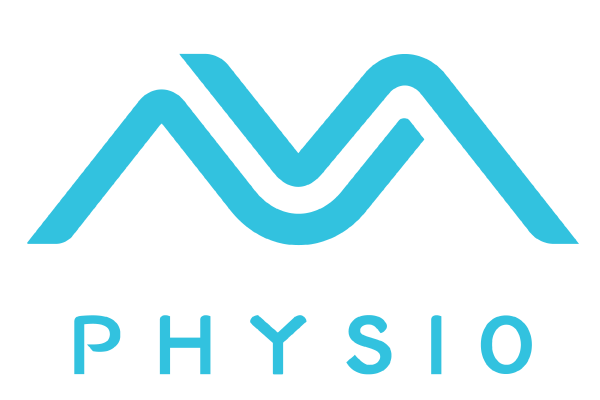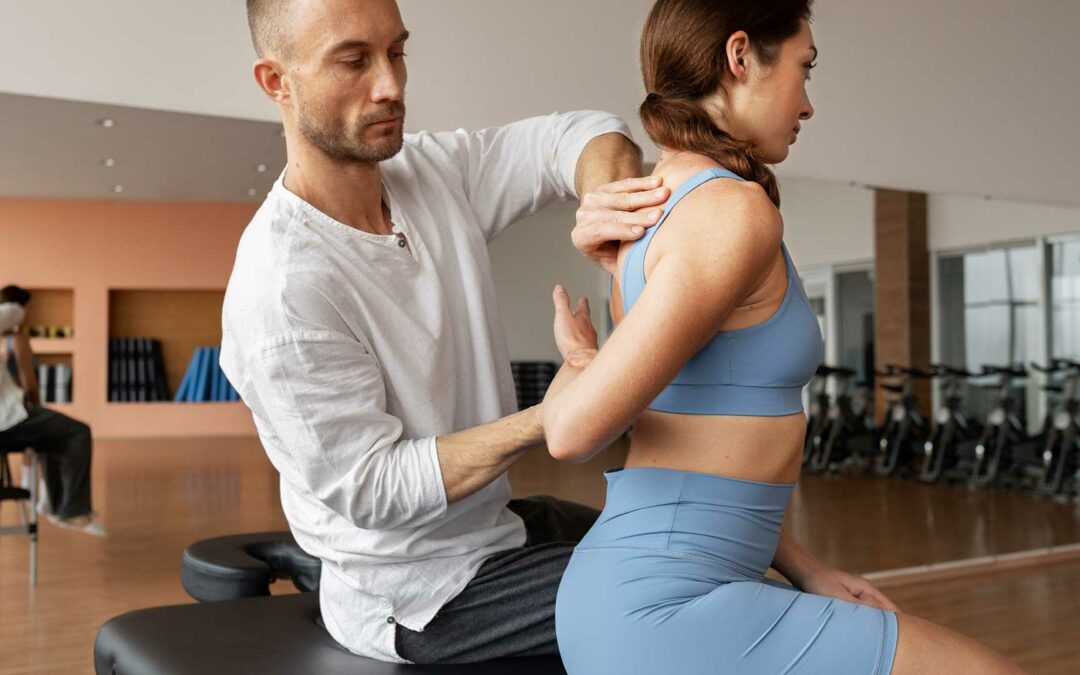Recover from shoulder bursitis and regain full function and alleviate pain with sliders – flexion exercises
Are you looking for effective exercises to recover from shoulder bursitis and regain full function and alleviate pain? Look no further! Sliders – flexion exercises are here to revolutionize your shoulder rehabilitation program. In this article, we will explore the benefits of sliders – flexion exercises, understand arthrokinematics, and provide a step-by-step guide to incorporating them into your shoulder rehab routine. Get ready to revolutionize your shoulder rehab with sliders!
What You Will Learn About Sliders – Flexion for Shoulder Physiotherapy
- The role of sliders – flexion exercises in managing and recovering from shoulder bursitis.
- How sliders – flexion exercises target arthrokinematics in shoulder flexion.
- A step-by-step guide to performing sliders – flexion exercises, including proper form and modifications.
- Guidelines for progressing and modifying sliders – flexion exercises as the shoulder improves.
- The potential benefits and precautions of sliders – flexion exercises.
- How sliders – flexion exercises can be incorporated into a comprehensive shoulder rehabilitation program.
- The importance of consulting a healthcare professional for personalized guidance in shoulder rehabilitation.
Understanding Shoulder Bursitis and the Role of Sliders – Flexion Exercises
Shoulder bursitis, the inflammation of the bursae in the shoulder joint, can cause pain and limited mobility. To effectively manage and recover from shoulder bursitis, a comprehensive rehabilitation program is necessary. Sliders – flexion exercises play a crucial role in this program by targeting the affected area and promoting healing.
Sliders – flexion exercises reduce pain and inflammation while gradually restoring range of motion in the shoulder joint. These exercises involve sliding movements that stretch and strengthen the surrounding muscles and tissues. By incorporating sliders – flexion exercises into your rehabilitation routine, you can improve shoulder function and expedite the recovery process.
Research has shown that sliders – flexion exercises are highly effective in reducing pain and promoting recovery in individuals with shoulder bursitis. These exercises provide targeted relief and enhance overall shoulder strength and stability. By incorporating sliders – flexion exercises into your shoulder rehabilitation program, you can experience significant improvements in pain reduction and functional ability.
The Basics of Arthrokinematics and its Application in Shoulder Flexion
To better understand sliders – flexion exercises, it is important to grasp the concept of arthrokinematics. Arthrokinematics refers to the movement of joint surfaces, involving rolls, spins, and slides. In the context of shoulder flexion, arthrokinematics plays a crucial role in the proper functioning of the joint.
During shoulder flexion, the humeral head rolls, spins, and slides in a coordinated manner within the shoulder socket. Sliders – flexion exercises specifically target these arthrokinematic movements to promote optimal joint function and range of motion. By incorporating sliders – flexion exercises into your rehabilitation program, you can effectively restore the natural arthrokinematic patterns of the shoulder joint.
Step-by-Step Guide to Sliders – Flexion Exercises
Now that you understand the importance of sliders – flexion exercises in shoulder rehabilitation, let’s dive into a step-by-step guide on how to perform these exercises effectively.
- Warm-up: Begin your exercise routine with a brief warm-up to prepare your shoulder for the upcoming movements. Gentle shoulder rolls and pendulum swings are excellent warm-up exercises that promote blood flow and loosen up the muscles.
- Table Slides (Flexion): Start with table slides (flexion), which are an excellent introductory exercise for sliders. Stand facing a table with your hand resting on its surface. Slowly slide your hand forward while maintaining a straight arm. Focus on the sliding movement and feel the stretch in your shoulder. Repeat this exercise for a few repetitions, gradually increasing the range of motion.
- Wall Slides with Lift-off and Eccentric Lowering: Once you have mastered table slides, progress to wall slides with lift-off and eccentric lowering. Stand facing a wall with your feet shoulder-width apart. Place your hands against the wall at shoulder height. Slowly slide your hands up the wall while maintaining contact with the wall. At the highest point, lift your hands off the wall and control the descent back to the starting position. This exercise targets the muscles responsible for shoulder flexion and provides a greater challenge.
- Active Shoulder Flexion in the Scapular Plane: As you gain confidence and strength, it’s time to introduce active shoulder flexion in the scapular plane. Stand tall with your arms relaxed by your sides. Slowly raise your arms forward and upward in a controlled manner, stopping when your arms are at shoulder height. Focus on maintaining proper form and avoid shrugging your shoulders. Gradually increase the range of motion as your shoulder flexibility improves.
Remember to start with a comfortable range of motion and gradually increase it over time. It’s essential to listen to your body and avoid any movements that cause pain or discomfort. If you experience any pain during the exercises, consult a healthcare professional for guidance.
| Exercise | Description |
|---|---|
| Table Slides (Flexion) | Stand facing a table with your hand resting on its surface. Slowly slide your hand forward while maintaining a straight arm. |
| Wall Slides with Lift-off and Eccentric Lowering | Stand facing a wall with your feet shoulder-width apart. Place your hands against the wall at shoulder height. Slowly slide your hands up the wall while maintaining contact with the wall. At the highest point, lift your hands off the wall and control the descent back to the starting position. |
| Active Shoulder Flexion in the Scapular Plane | Stand tall with your arms relaxed by your sides. Slowly raise your arms forward and upward in a controlled manner, stopping when your arms are at shoulder height. |
Progression and Exercise Modifications for Sliders – Flexion Exercises
As your shoulder improves and gains strength, it’s important to gradually progress the sliders – flexion exercises to continue challenging your muscles and promoting further recovery. Here are some guidelines for increasing the difficulty or intensity of the exercises:
- Increase Range of Motion: Gradually increase the range of motion of each exercise by extending the distance of the sliding movement or raising your arms higher during active shoulder flexion.
- Add Resistance: Introduce resistance bands or light weights to add resistance to your sliders – flexion exercises. This will further engage the muscles and promote strength development.
- Modify Speed and Tempo: Vary the speed and tempo of the exercises to challenge your muscles in different ways. Slow and controlled movements can enhance muscle activation and stability, while faster movements can improve dynamic strength.
It’s important to note that every individual’s rehabilitation needs are unique. Consult a healthcare professional for personalized guidance and exercise modifications based on your specific condition and progress.
Case Study: Sarah’s Journey to Recovery with Sliders – Flexion Exercises
Sarah, a 45-year-old avid tennis player, experienced persistent shoulder pain that interfered with her ability to enjoy her favorite sport. After consulting with her healthcare professional, she was diagnosed with shoulder bursitis. Determined to get back on the court, Sarah embarked on a comprehensive shoulder rehabilitation program that included sliders – flexion exercises.
Sarah’s physiotherapy expert designed a personalized exercise plan for her, starting with gentle warm-up exercises to prepare her shoulder for the sliders – flexion exercises. They began with table slides (flexion), where Sarah placed her hand on a table and slid her arm forward. This exercise helped improve her range of motion and reduce pain.
As Sarah progressed, her physiotherapy expert introduced wall slides with lift-off and eccentric lowering. These exercises challenged her shoulder muscles further and helped strengthen the surrounding structures. Sarah diligently followed her exercise plan, gradually increasing the difficulty and intensity of the sliders – flexion exercises.
Over time, Sarah noticed significant improvements in her shoulder function. She regained full range of motion and experienced less pain and inflammation. This progress motivated her to continue with her rehabilitation program and incorporate other exercises recommended by her physiotherapy expert, such as rotator cuff exercises and scapular muscle activation.
After several weeks of consistent and dedicated effort, Sarah was able to return to playing tennis. She felt stronger and more confident in her shoulder’s ability to withstand the demands of the sport. The sliders – flexion exercises had revolutionized her shoulder rehab, providing her with the tools to overcome shoulder bursitis and get back to doing what she loved.
Sarah’s success story highlights the potential benefits of sliders – flexion exercises in shoulder rehabilitation. By targeting arthrokinematics and promoting proper movement patterns, these exercises can help individuals like Sarah regain strength, range of motion, and functional ability in their shoulders. It is important to note that each person’s rehabilitation journey may vary, and it is crucial to consult with a healthcare professional for personalized guidance and a comprehensive shoulder rehabilitation plan tailored to individual needs.
Potential Benefits of Sliders – Flexion Exercises and Precautions
Incorporating sliders – flexion exercises into your shoulder rehabilitation program offers a range of potential benefits. These exercises can improve range of motion, increase shoulder strength, and enhance overall functional ability. By targeting the affected area with precise movements, sliders – flexion exercises promote optimal healing and recovery.
However, it is crucial to exercise caution and be aware of any precautions or contraindications associated with sliders – flexion exercises. If you experience pain or discomfort during the exercises, it’s important to modify or discontinue them and consult a healthcare professional for further evaluation. Additionally, ensure that you follow proper form and technique to avoid any unnecessary strain or injury.
Incorporating Sliders – Flexion Exercises into a Comprehensive Rehab Program
Sliders – flexion exercises are most effective when incorporated into a comprehensive shoulder rehabilitation program. In addition to these exercises, other techniques and therapies can be combined to optimize your recovery. Rotator cuff exercises and scapular muscle activation are examples of complementary exercises that can enhance the effectiveness of sliders – flexion exercises.
Consistency and adherence to your rehabilitation program are key to successful recovery. It’s important to follow the guidance of your healthcare professional and perform the prescribed exercises regularly. By staying committed to your shoulder rehab program, you can achieve significant improvements in pain reduction, range of motion, and overall shoulder function.
In conclusion, sliders – flexion exercises are a valuable tool in post-operative shoulder rehabilitation, particularly for individuals recovering from shoulder bursitis. By understanding the benefits of these exercises, the basics of arthrokinematics, and following a step-by-step guide, you can effectively incorporate sliders – flexion exercises into your shoulder rehab routine. Remember to consult a healthcare professional for personalized guidance and to ensure that these exercises are appropriate for your specific condition. Get ready to revolutionize your shoulder rehab with sliders and regain full function and mobility!
References:
Shoulder Bursitis – Physiopedia
Arthrokinematics – Physiopedia
Questions and Answers
Who can benefit from using shoulder flexion sliders?
Athletes, individuals with shoulder injuries, and those in physical therapy.
What are shoulder flexion sliders used for?
They facilitate shoulder flexion exercises, improving range of motion and strength.
How do shoulder flexion sliders work?
By reducing friction, they allow smooth gliding movements during exercises.
What if I have limited shoulder mobility?
Shoulder flexion sliders can help gradually improve range of motion over time.
How often should I use shoulder flexion sliders?
Consult with a physiotherapist for a customized exercise plan and frequency.
What if I don’t have access to shoulder flexion sliders?
Alternative exercises using resistance bands or towels can be effective as well.

